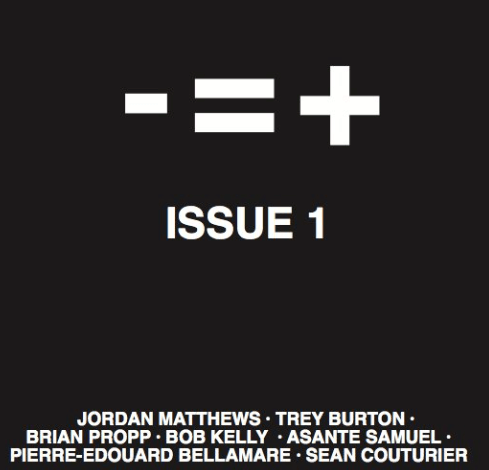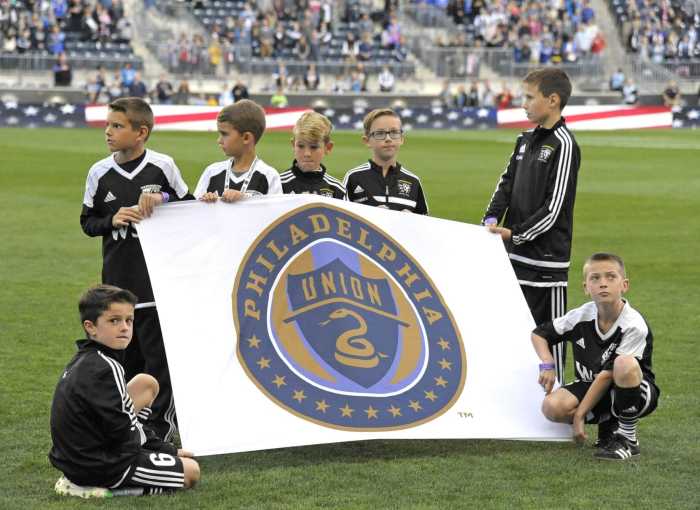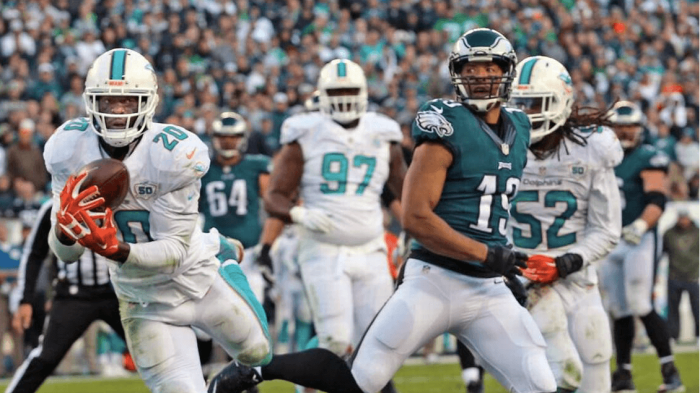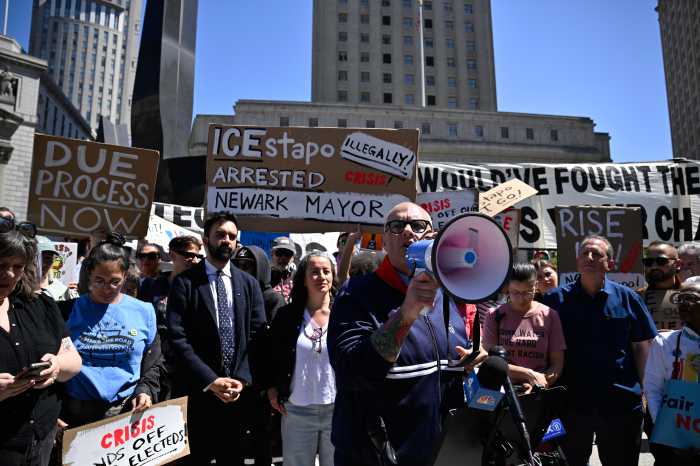Have you noticed that through the first month of the season, the Phillies have seemed more enjoyable to watch then they were this time last year? Well, you’re not alone, as many have echoed a similar sentiment through the first full month of Baseball. Despite the fact that the team actually has a worse record as we march into May this year than they did last year, something feels different about this year’s team.
Yes, the bullpen woes are still there for the Phillies, who blew their fourth save of the season a few days ago against the Dodgers by surrendering three consecutive home runs in the ninth inning. But, and it’s one of those glimmer of hope buts, the Phillies have actually been better this year, regardless of record. The starting pitching, headlined by the resurgent, 2011 Rookie of the Year like Jeremy Hellickson, has improved. The biggest difference this year hasn’t come from the pitching staff, but instead, the offense. The offense is the reason the Phillies are more enjoyable in 2017.
Let’s be honest, most people watch baseball for homeruns, 9-8 games, and dramatic, ninth inning comebacks. When your team is doing that, odds are, you’re more likely to watch.
Last April, the Phillies offense was inept, hitting .231 collectively, with 21 homeruns, scoring just 80 runs over the course of the month. Homeruns and RBI’s aside, because they are what they are, the most important stat to look at when you want to determine a team’s offenses success is on base percentage. I’ve longed preached offenses that get on base frequently (read Moneyball tactics here) have a much higher chance to win games than a team that mashes a large number of homeruns. You can’t score if you can’t get on. It’s really that simple. Last year, the Phillies first month was dreadful, as the team posted a .292 on base percentage, tied for second worst in the league, in front of just the Oakland A’s, who were one percentage point worse, at .291.
This stat led to Manager Pete Mackanin pullinh Odubel Herrera from the leadoff spot in favor of a handful of guys, including Freddy Galvis and Cesar Hernandez, throughout the next six months. Now, we know Herrera has found his niche in the middle of the lineup, but at the time, I hoped he’d be a productive leadoff hitter. He simply didn’t walk enough or see enough pitches to put together productive leadoff numbers.
The Phillies proceeded to score the fewest runs in baseball over the course of 2016, and the team fired hitting coach Steve Henderson at the conclusion of the season.
Enter Matt Stairs.
The Philadelphia cult hero, whose best known for “Stairs rips one into the night, deep into right”, was pulled from the broadcast booth and tabbed as the hitting coach for 2017.
Whatever Stairs has done with his core of young hitters has worked through the first month. Numbers are up in nearly every offensive statistically category this year. The team’s batting average was .253 in April, .022 points higher than in 2016. The .231 last year was good for 24th in the league. This year’s average puts the Phillies in 11th.
The on base percentage was also up into the .300’s, sitting at .316. It’s still not a great on base percentage, but it’s significantly improved from last year. It gets them out of the bottom third in the league, as the team now sits in 17th in that category.
Accordingly to average and on base rising, the team’s slugging percentage also increased. Last year, April wasn’t kind to the Phillies slugging, as they number sat sixth worse at .370. This past month, the team put together the ninth best slugging percentage, to a tune of .424.
The number that may have taken the biggest jump this year is RBI’s. Last year, the team drove in 75 runs, the fifth fewest in April. This season, the Phillies knocked in 101 runs, tied for 14th best. Granted, it doesn’t hurt that the team hung 17 on the National on April 8, but I’ll take whatever I can get from this lineup.
One final stat that stands out to me is the pinch hitting contributions. Coming off the bench cold and delivering is one of the toughest things to do in all of baseball, but the Phillies bench is doing a pretty good job so far of it. Through the first month, Phillies’ pinch hitters picked up seven hits in 25 at-bats, good for a .280 average. That puts the team at a respectable ninth in the league in pinch hits. No surprise to anyone the Cardinals lead the league in this category.
Last year, in total, Phillies pinch hitters racked up just 37 hits in 235 at bats, batting .157 in the process. I know you can’t simply average this year’s numbers out to compare, but it’s noteworthy that, if you did, you’d find the Phillies were on pace for 42 pinch hits in 150 at bats.
Now, why are all these numbers up? Well, there are a few reasons. The acquisition of Howie Kendrick, before he hit the disabled list boosted the batting average. Kendrick hit .333 through 10 games last month. Cesar Hernandez has also been a spark, hitting .323 this month as opposed to .273 in 2016. He also walked twice more this year than last year.
The RBI total may be a direct result of these guys getting on and Maikel Franco knocking them in. Franco picked up 21 RBI’s in April, good for ninth in the league.
The pinch hit numbers have improved by the upgrade of talent on the bench. Andres Blanco isn’t the only bench player the team can trust now. Last year, the Phillies sent Jimmy Paredes and Emmanuel Burriss to the plate as pinch hitters 65 times, picking up ten hits. I’m much more confident in sending Daniel Nava or Andrew Knapp to the dish this year.
Yes, it’s only one month, and yes, pitchers’ arm aren’t entirely stretched out yet, but the indications are there for a much more enjoyable Phillies’ season than the one we witnessed last year. The record may still not be what the fans want, but, it’ll be more fun to watch these guys into the dog days of summer.
Mandatory Credit: Kelvin Kuo-USA TODAY Sports




























